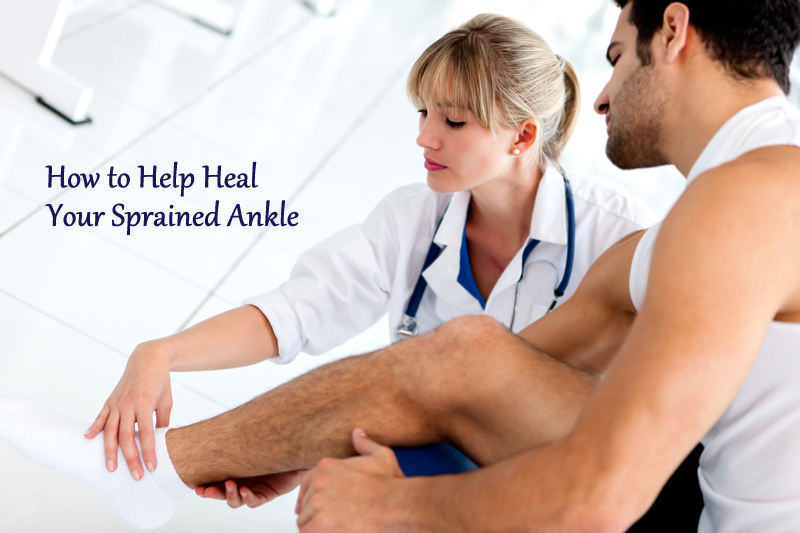
According to New Orleans orthopedic surgeon Dr. Richard Meyer, ankle sprains are very common injuries. There’s a good chance that while playing as a child or stepping on an uneven surface as an adult you sprained your ankle–some 25,000 people do it every day.
Sometimes, it is an awkward moment when you lose your balance, but the pain quickly fades away and you go on your way. But if the sprain is more serious; your ankle might swell and it might hurt to stand on it. If it’s a severe sprain, you might have felt a “pop” when the injury occurred.
A sprained ankle means one or more ligaments on the outer portion of your ankle were stretched or torn. If not treated properly, you could experience long-term problems. The ankle is typically rolled either inward or outward. Pain along the inner side of the ankle may represent a more serious injury to the tendons or to the ligaments that support the arch and should always be evaluated by your New Orleans orthopedic surgeon.
You’re most likely to sprain your ankle when you have your toes on the ground and heel up because this position puts your ankle’s ligaments under tension, making them susceptible to injury. A sudden force like landing on an uneven surface may turn your ankle inward and when this happens, one, two or three of your ligaments may be hurt.
A sprain can be difficult to distinguish from a broken bone without an x-ray. If you are unable to bear weight after this type of injury, or if there is a significant amount swelling or deformity, you should seek medical treatment from your New Orleans orthopedic surgeon.
During your consultation, be sure to tell your orthopedic surgeon what you were doing when you sprained your ankle. An x-ray will indicate if any bones are broken. Most ankle sprains do not require surgery, and minor sprains are best treated with a functional rehabilitation program. Depending on how many ligaments are injured, your sprain will be classified as Grade I, II or III. Treatment for a sprained ankle typically includes:
- Resting your ankle by not walking on it. Limit weight bearing. Use crutches if necessary; if there is no fracture you are safe to put some weight on the leg. An ankle brace often helps control swelling and adds stability while the ligaments are healing.
- Applying ice to keep down the swelling. Don’t put ice directly on the skin (use a thin piece of cloth such as a pillow case between the ice bag and the skin) and don’t ice more than 20 minutes at a time to avoid frostbite.
- Compression can help control swelling as well as immobilize and support your injury.
- Elevating the foot by reclining and propping it up above the waist or heart as needed.
If you are experiencing ankle pain related to what you feel may be a sprain – don’t hesitate – contact the office of New Orleans orthopedic surgeon Dr. Richard Meyer today to schedule a consultation.